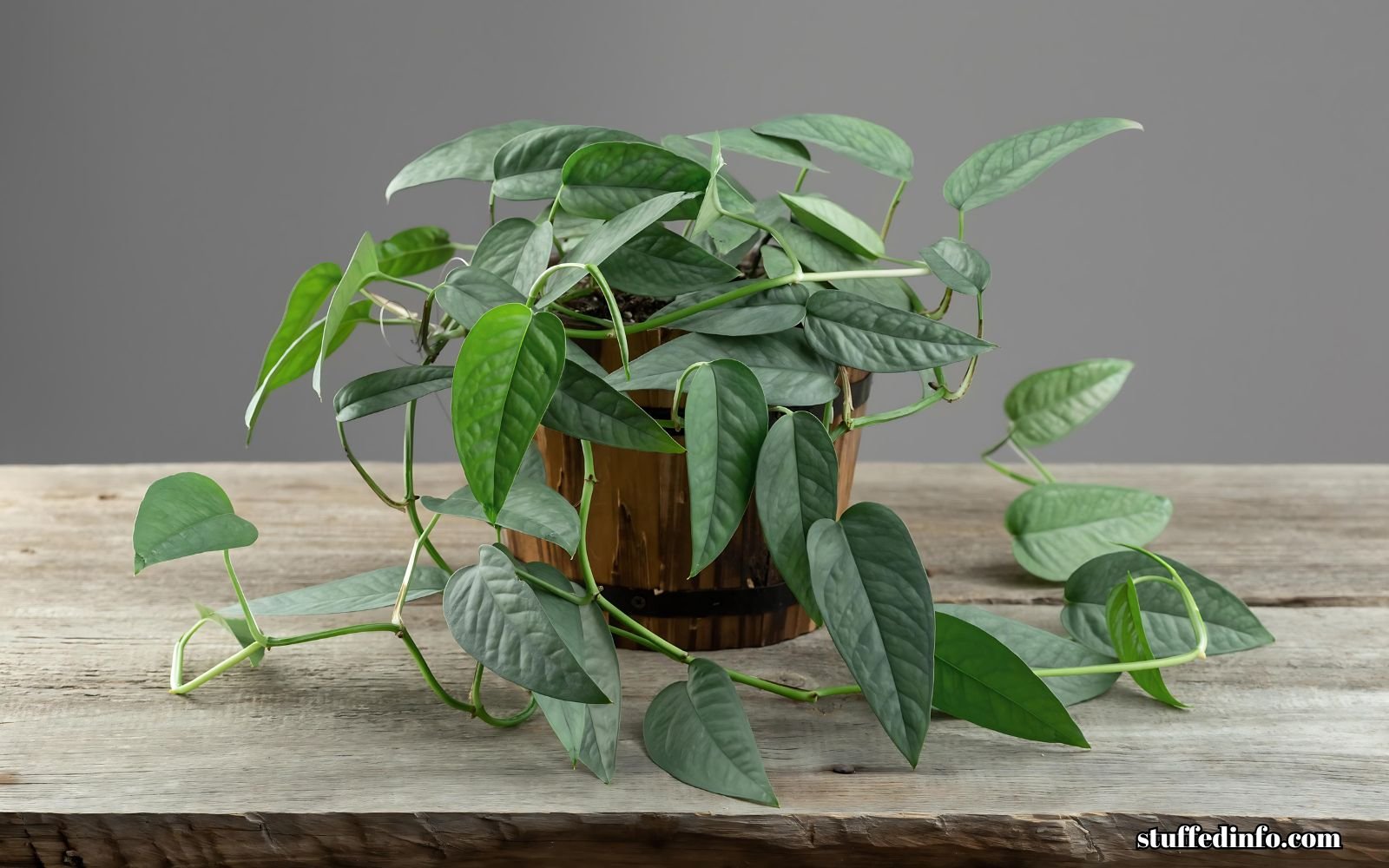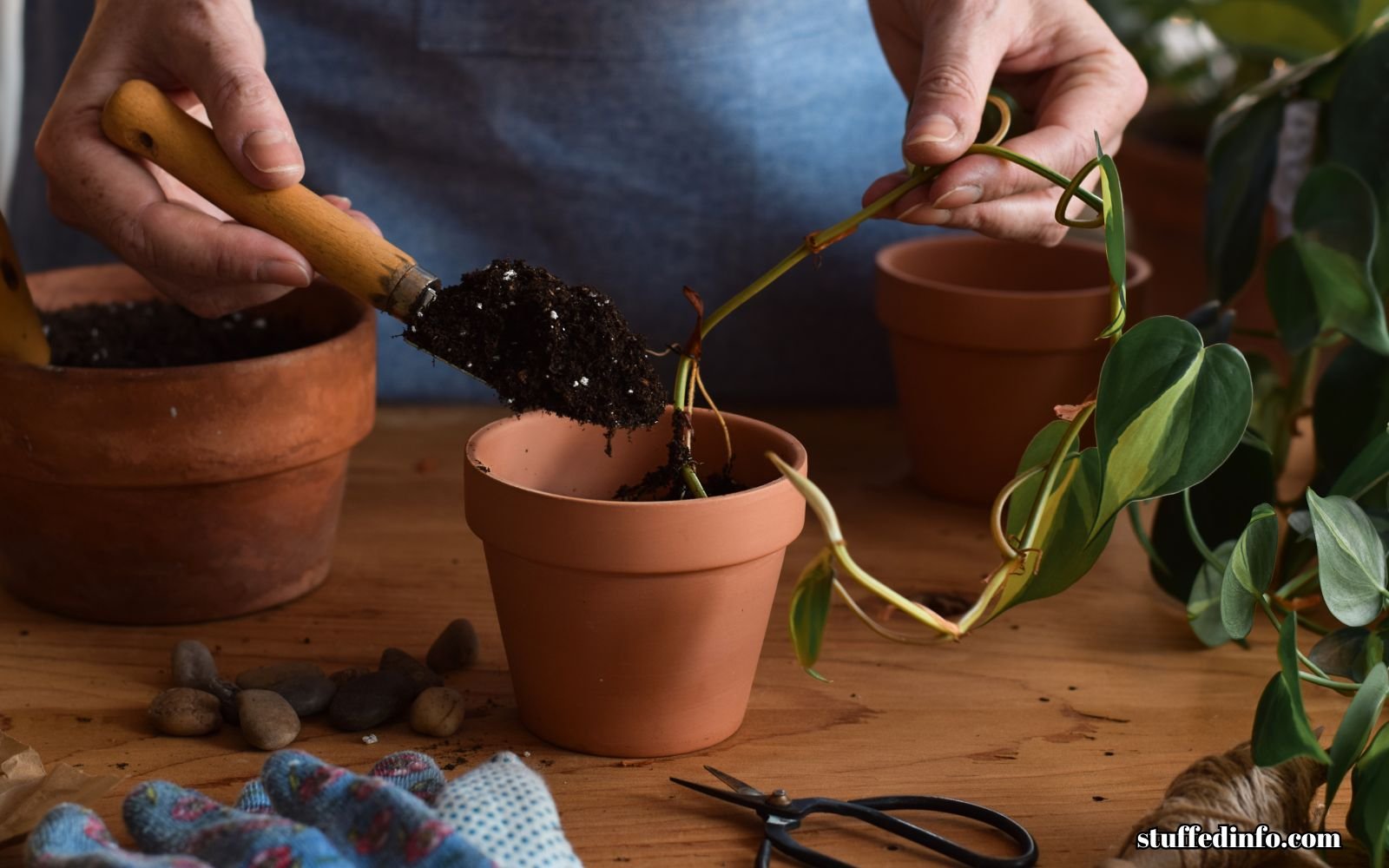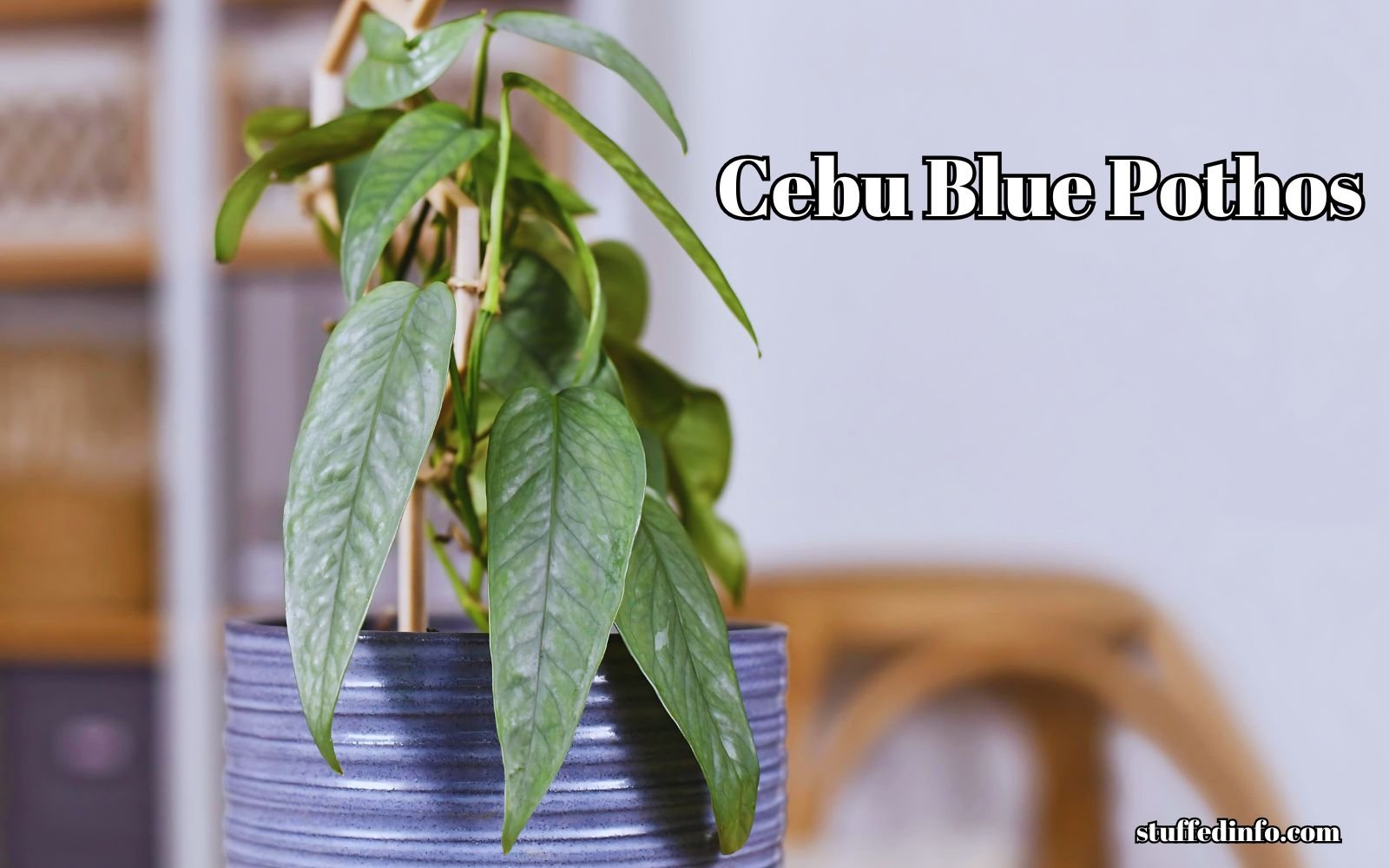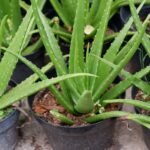Are you a plant enthusiast or a home decorator looking to add a little freshness to your life? Then, the Cebu Blue Pothos is a stunning, low-maintenance houseplant that brings a unique touch of elegance and vibrancy to any room. This plant boasts stunning blue-green leaves but certainly isn’t just for show; it is a conversation starter and a natural air purifier, making it the ideal addition to your home or garden.
In this blog post, we will learn about its beauty and care information, along with how it can contribute to your indoor environment.
- Discover the Philippines’ Cebu Blue Pothos, an extraordinary plant with blue-green foliage.
- Learn more about essential care for the indoor thriving of the same.
- Furthermore, you can explore the various ways to contribute to a great home decor aspect through versatile, elegant design qualities.
- Identify common problems and solutions for its maintenance for a healthy appearance.
- Interact with people who share experiences and advice about growing Cebu Blue Pothos properly.
Table of Contents
ToggleDiscovering The Cebu Blue Pothos
Epipremnum pinnatum is one of the new colorful pothos varieties bred with origins from Cebu Island and the Philippines. Silver blue-green colored, these flowers shine bright with light, making them a stunning member of the Pothos family. Unlike most regular common pothos, Cebu blue pothos boasts its unique shade and slimmest leaves that would easily make it to your Instagram wall.

Cebu Blue Pothos Care Essentials
However, with its relatively low maintenance, knowing how it needs specific care will ensure it thrives in your space. For your convenience, we have broken down its care requirements in the following table:
| Attribute | Details | |
| Scientific Name | Epipremnum pinnatum ‘Cebu Blue’ | |
| Family | Araceae | |
| Origin | Cebu Island, Philippines | |
| Foliage Color | Silvery blue-green | |
| Leaf Shape | Elongated and slender | |
| Light Requirements | Medium to bright indirect light | |
| Watering | Allow top 1-2 inches of soil to dry between waterings | |
| Soil Type | Well-draining mix with potting soil, orchid bark, and perlite | |
| Temperature Range | Prefers 65-85°F (18-29°C) | |
| Humidity | Thrives in high-humidity environments | |
| Aesthetic Appeal | Unique coloration and versatility for various decor styles | |
| Air Purifying | Filters indoor pollutants, enhancing air quality | |
| Propagation | Easily propagated through stem cuttings placed in water or sphagnum moss |
How To Care For Cebu Blue Photos.
With our easy step-by-step guide, caring has been made simple, teaching you how to properly take care of a thriving plant. Read through this article for some tips on how to care for your Cebu Blue Pothos with confidence and ease.
1) Location of the Pothos: Place it in bright, indirect light to maximize growth. Direct sun can even scorch leaves.
2) Watering: Water the plant when the top inch of soil has dried out. Use water at room temperature. Steer clear of overwatering; in winter growth will be slower, thus requiring less water.
3) Soil Preferences: That is not waterlogging; use a well-draining potting mix. The mix of peat, perlite, and pine bark would provide appropriate aeration and moisture retention.
4) Humidity and Temperature: Cebu Blue Pothos prefers warm conditions with high humidity; mist the leaves sometimes or use a nearby humidifier. It thrives between 65-85°F or 18-29°C. Avoid cold drafts or hot air vents.
5) Fertilization: Feed your plant with a water-soluble fertilizer every 4 to 6 weeks in spring and summer; the feeding should be decreased during fall and winter.
6) Pruning and care: Remove yellow or dead leaves to spur growth. You can also prune long vines to encourage bushiness.
7) Repotting: Transplant your Cebu Blue Pothos after several years when it becomes root-bound. Use a pot size just one size bigger than the previous one for the roots to spread.

Common Problems Observed In Cebu Blue Pothos
Some common problems associated with this can be solved easily by proper care. Yellowing leaves are the usual sign of too much water or insufficient light; this plant, therefore, must not sit in wet soil and should receive bright, indirect light. Wet soil also leads to root rot; the soil used must be well-draining, and the plant must be watered only when the top inch of the soil has dried. Wipe the leaves with a very mild soapy solution, or if this doesn’t work, use insecticidal soap, to address the pests: spider mites or mealybugs. With all these tips, you are sure that your Cebu Blue Pothos will always look healthy and vibrant.
Conclusion
The Cebu Blue Pothos is more than a houseplant, rather an iconic ornamental element, as it fills up any space with impressive blue-green attraction. Whether you are already an experienced gardener or you are just in the process of developing that interest, this very flexible and beautiful plant will please you on its own, both with looks and advantages.
By following the care recommended here and finding creative ways to make it fit into your decor, you will enjoy the lively energy that this home offers. Ready to transform your space with the Cebu Blue Pothos? Start your plant journey today and experience all the fun of growing this incredible beauty!
FAQ’s
- What are the light requirements for Cebu Blue Pothos?
Ans: Outstandingly, it needs medium to bright indirect light, but direct sunlight should be shunned to prevent leaf scorch.
- How often should I water my Cebu Blue Pothos?
Ans: Allow the top 1-2 inches of soil to dry before watering to maintain an optimal moisture content of the soil.
- What are the benefits of moving Cebu Blue Pothos indoors?
Ans: Additionally, it cleans the indoor air by removing some pollutants and brings psychedelic touches with the blue-green hue of its leaves.
- Is it hard to propagate?
Ans: Yes. However, it can be propagated by cutting the stem and letting the portion stay in water until it develops roots.
- What should I do in case there is yellowish tinting on my Cebu Blue Pothos leaves?
Ans: Yellow-colored leaves generally mean too much water and/or insufficient light for the plant. It needs to be watered differently or set in a brighter spot.







